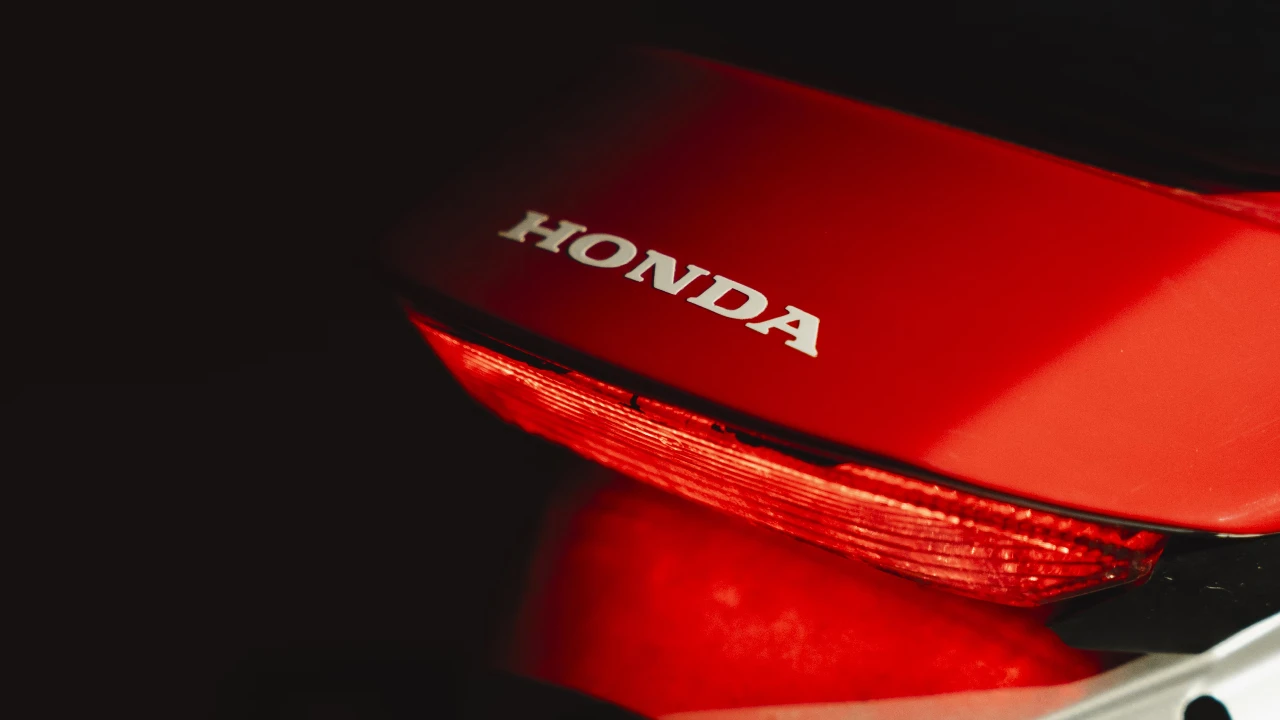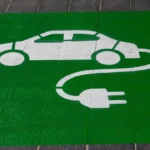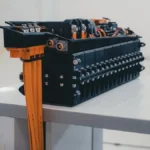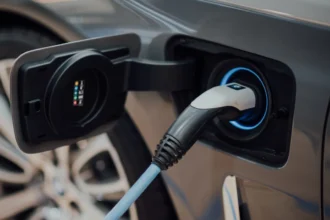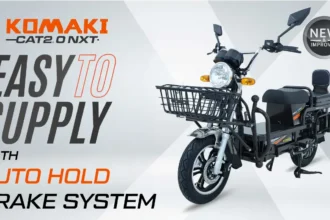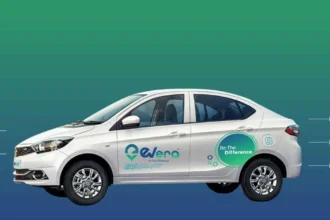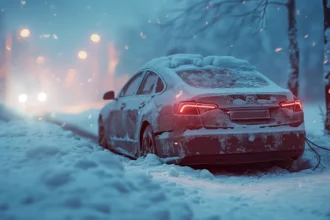Honda Slows Down Its Electric Vehicle Plans: What This Means
In a significant change of direction, Honda Motor Company has decided to slow down its push toward electric vehicles. Business-Standard reports that the Japanese carmaker is cutting back on how much money it will spend on electric cars. This decision comes as people around the world are buying fewer electric vehicles than expected.
Honda’s global CEO, Toshihiro Mibe, recently announced that the company will reduce its planned investment in electric vehicles from 10 trillion yen to 7 trillion yen (about $48.4 billion) by 2030. This major reduction shows how car companies are rethinking their electric vehicle plans.
Why Are Electric Vehicles Not Selling As Well As Expected?
Several important factors are causing fewer people to buy electric vehicles than car companies had hoped for. According to research by NatWest, electric cars cost much more than regular gasoline cars – about 30% more in Europe and 27% more in the United States. This price difference makes many buyers think twice.
- Charging problems are another big issue. YouGov Business reports that 44% of potential buyers worry about not finding places to charge their cars when they need to. Many people also feel concerned about how long it takes to charge compared to filling up with gas.
- Government support is disappearing in some places. The International Energy Agency (IEA) points out that countries like Germany and France have reduced or completely stopped giving money to help people buy electric cars, making them less affordable for average buyers.
- Many drivers worry about how far they can drive on a single charge. Goldman Sachs has found that concerns about driving range and not having enough fast charging stations are making more people hesitant to switch from gasoline cars.
Honda’s New Plan for Electric Motorcycles in India
While slowing down on electric cars, Honda is still moving forward with plans for electric motorcycles, especially in India. The company will build a special factory just for electric motorcycles in India, set to open in 2028.
Toshihiro Mibe explained that Honda will build these motorcycles using what they call a “modular approach” – meaning they’ll use standardized parts that can be used across different models. This makes production cheaper and more efficient.
| Honda’s Current Position | Future Goals |
|---|---|
| Honda currently sells about 20.57 million motorcycles per year, which is approximately 40% of all motorcycles sold worldwide. | The company aims to become the number one seller of electric motorcycles in the world, though they haven’t set a specific timeline for this goal. |
Shifting Focus to Hybrid Vehicles as a Middle Step
Instead of going all-in on fully electric vehicles, Honda is now putting more emphasis on hybrid electric vehicles (HEVs) – cars that use both gasoline and electricity. The company sees these as a good middle step between regular cars and fully electric ones.
By 2030, Honda plans to sell between 2.2 and 2.3 million hybrid vehicles worldwide. They will also introduce 13 new hybrid models globally. This approach gives Honda flexibility while the electric vehicle market continues to develop.
Honda has adjusted its expectations for how many electric vehicles it will sell. Toshihiro Mibe said they now expect battery-powered cars to make up only about 20% of their sales by 2030, down from their previous target of 30%.
Honda’s Long-Term Environmental Goals Remain
Despite these short-term changes, Honda is still committed to its long-term environmental goals. The company aims to sell only electric vehicles by 2040 and to achieve carbon neutrality by 2050.
The global motorcycle market is expected to grow from 50 million to 60 million units by 2030, and Honda wants to capture a significant portion of this growth with both traditional and electric motorcycles.
According to Investing.com, Honda’s decision to reduce its electric vehicle investment reflects broader shifts in market trends and changing consumer preferences. The company is being realistic about how quickly people will switch to electric vehicles.
What This Means for the Future
Honda’s strategy adjustment shows how car companies are having to be more flexible about electric vehicles. The path to an all-electric future may take longer than many had predicted just a few years ago.
For consumers in India and other developing markets, this could mean more affordable electric two-wheelers becoming available in the coming years, while hybrid cars might become a more common choice for those not ready to go fully electric.
As charging infrastructure improves and battery technology advances, the barriers to electric vehicle adoption may gradually decrease. But for now, Honda’s revised strategy suggests a more gradual transition is the practical path forward.
